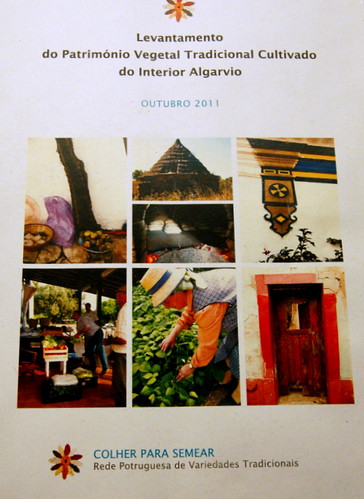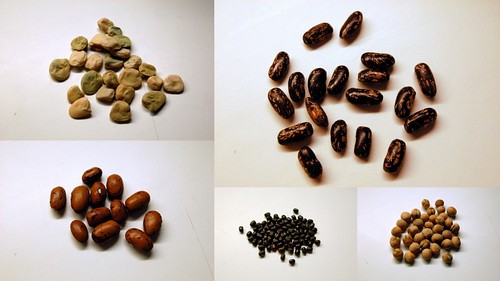I pulled the last tomato plants this morning. The weather is not cold enough to kill them but the tomatoes were taking forever to ripe and the snails were eating them (plus I have a freezer full of tomatoes. They will be more than enough to cook until next season). Still there is plenty growing in the veg garden.
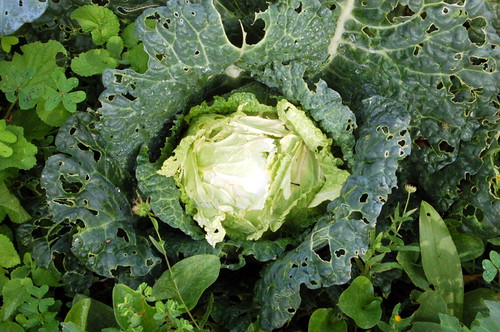
As couves lombardas estão finalmente a formar cabeça e a ficar boas para colher. Usamos uma na sopa e são bastante mais saborosas que as que se compram por aí.
Savoy cabbages are getting big enough for harvesting. We made soup out of one yesterday and they taste good, really good, much better then store bought ones.
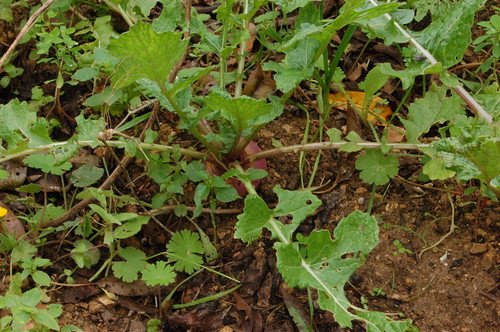
Também já comecei a apanhar os nabos apesar de pequenos. Estavam a ser atacados pelo pulgão e pelos caracóis e decidi que mais valem nabos pequenos que nabos nenhuns.
Turnips are still on the small side but I decided to harvest them too. Snails were starting to munch on them and aphids were attacking its leafs.
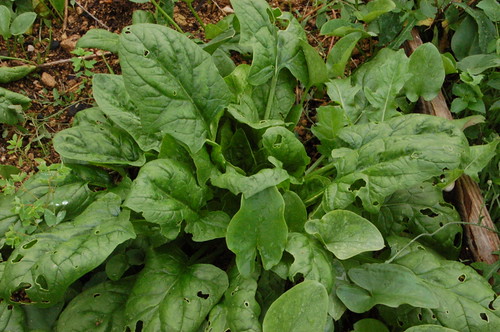
Os espinafres também já estão com tamanho para serem apanhados. Da horta seguem directamente para a cozinha ou para o congelador.
Lots of spinach is being harvested too. I've been cooking some and freezing the remaining ones.
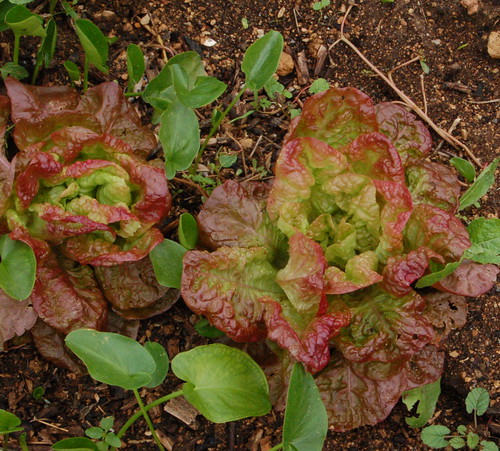
Ainda temos algumas alfaces plantadas no final do verão. Na estufa já crescem novas plantinhas para as substituir.
These are some of the lettuces planted in late summer. They are ready to pick too, and I have plenty new plants growing in the greenhouse, almost ready to plant out.
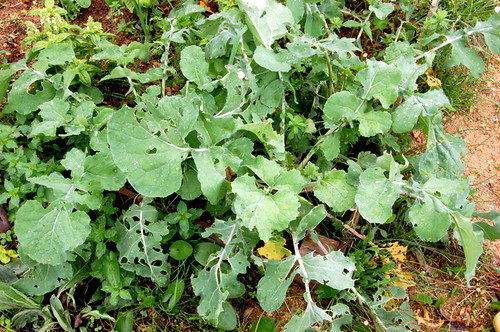

As rutabagas estão enormes. São tão bons exemplares que estou a ponderar deixá-las para semente (já há mais a crescer na estufa, à espera do transplante)
Swedes are big and beautiful. in fact I'm thinking of keeping these for seed harvest just because they are so big. Plus I have sown another batch.
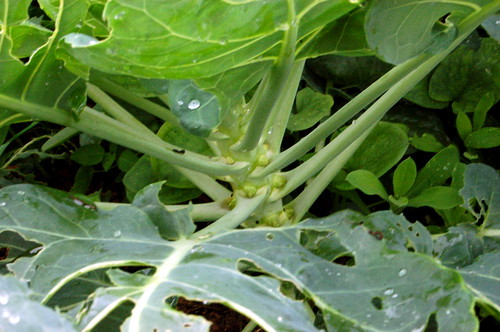
As couves de bruxelas já começam a despontar. Suponho que daqui a umas semanas já posso começar a apanhá-las.
Brussel sprouts are starting to grow. I expect to start harvesting them in a few weeks.
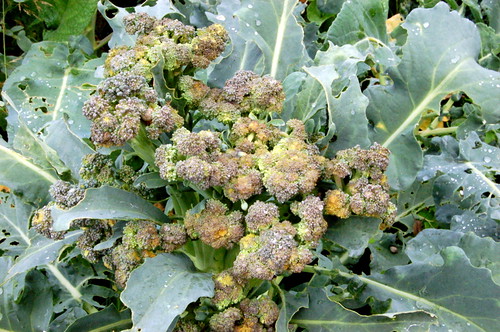
Esta é um mistério, foi plantada como sendo uma couve Romanesco, mas não o é, tb não é um bróculo normal, suponho que seja um híbrido qualquer. De qualquer modo está pronta acolher e não deve passasr de amanhã.
And this, this is a mistery to me. It was suposed to be a Romanesco but it looks nothing like it, it also doesn't look like a regular broccoli, so I imagine it to be some hybrid. Either way it will be harvested and eaten pretty soon.
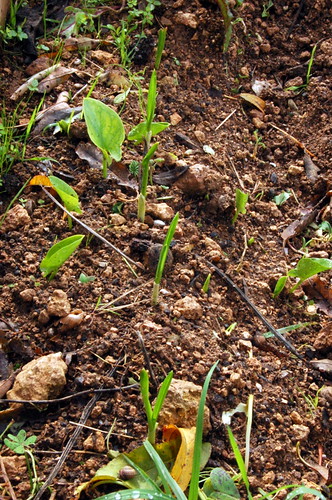


Os alhos, cebolas e alhos franceses também já foram plantados e crescem a bom ritmo. Também já semeados as favas, ervilhas e grão de bico preto continuam sem dar sinal de vida.
I also have garlic, onions and leeks growing on full speed. I've sown broad beans, peas and garbanzos but nothing has sprouted yet.

